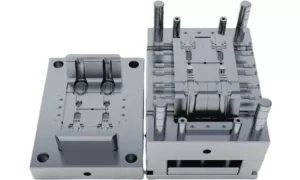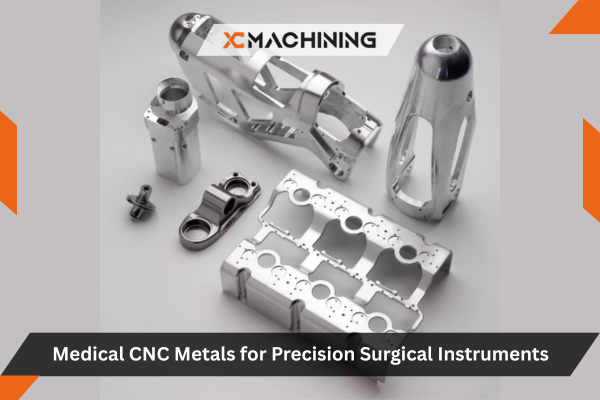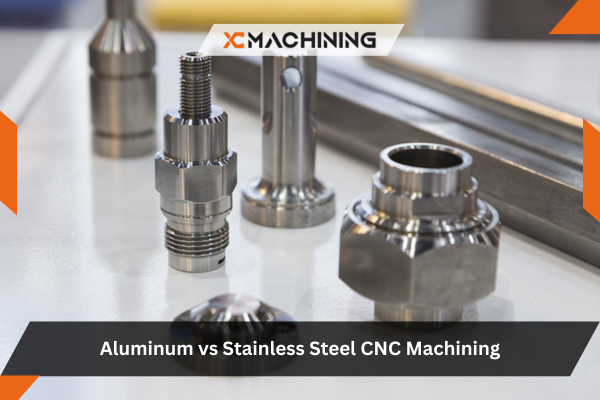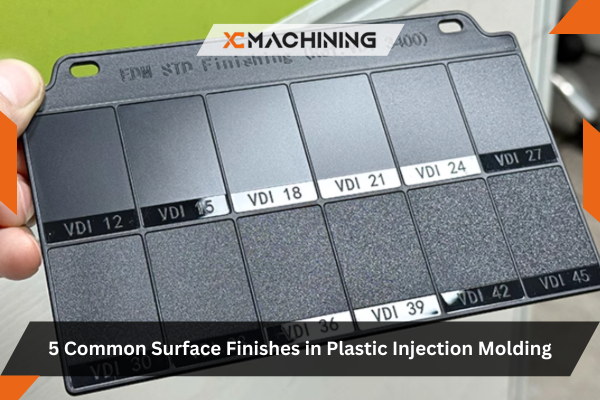Exhausting injection molds is an integral component of mold design, particularly for rapid injection molding applications where exhaustion requirements are more stringent.
The source of gas in the injection molds
1) Air trapped in the pouring system and mold cavity.
2) Some raw materials contain moisture that has not been removed by drying, which vaporizes into water vapor at high temperatures.
3) Due to the high temperature during injection molding, gases generated by the decomposition of certain unstable plastics.
4) Gases generated by the volatilization or chemical reaction of certain additives in plastic raw materials.

How Exhaust Systems Improve Product Quality
Ever seen a plastic part with ugly burn marks or small bubbles? Those defects usually happen because air or gas couldn’t escape the injection molding. Here’s the deal: when air is trapped, it gets compressed and heats up. This heat causes burns or weakens the material.
An effective exhaust system prevents these issues by:
- Allowing gases to escape easily.
- Ensuring the material fills every corner of the mold.
- Reducing the risk of overheating.
The result? Smooth, durable products that look and perform as intended. No one wants a flimsy, faulty product—especially when lives or safety are at stake, like in medical or automotive industries.
Hazards of poor exhaust
Poor exhaust of injection molds will bring a series of hazards to the quality of plastic parts and many other aspects. The main manifestations are as follows:
1) When performing acrylic injection molding, melt will replace gas in the mold cavity and, if this gas isn’t released quickly enough, difficulty will arise in filling it fully resulting in insufficient injection volume or failure to fill all available mold cavities.
2) Eliminating the gas that is not flowing smoothly will cause high pressure in the injection molds cavity, and under certain compression levels, it will seep into the plastic interior, causing quality defects such as gas bubbles, voids, loose structure, and silver streaks.
3) Due to the high compression of the gas, the temperature in the mold cavity rises sharply, causing the surrounding melt to decompose and burn, resulting in local carbonization and scorching of the plastic parts. It mainly occurs at the confluence of the two melt streams, at the corners and at the gate flange.
4) The poor removal of gases causes different melt velocities entering each cavity, which can easily lead to flow marks and fusion marks, and reduce the mechanical properties of the plastic parts.
Reduced Material Wastage
Ever poured a soda too quickly into a glass and ended up with foam spilling everywhere? That’s kind of what happens with injection molds when gases have no escape route. Excess material overflows, and you’re left with waste.
Here’s a fact: defective products caused by trapped gases can lead to up to 15% material wastage in some industries. When you consider the injection molding cost of high-grade plastics or metals, that’s a huge financial loss. Exhaust systems minimize waste by ensuring every ounce of material is used effectively.

5) Due to the obstruction of gas in the cavity, the filling speed will be reduced, affecting the injection molds cycle and reducing production efficiency.
Safer Working Conditions
Safety first, right? Trapped gases in molds aren’t just a nuisance; they can be dangerous. During the undercuts in injection molding process, these gases sometimes ignite or explode, posing a risk to workers.
Exhaust injection molds systems eliminate this hazard by venting gases before they become a problem. And while the upfront cost of adding an exhaust system might seem like a stretch, it’s a small price to pay for worker safety.
Distribution of bubbles in plastic parts
The sources of gas in the mold cavity mainly fall into three categories: accumulated air in the mold cavity; gases generated by decomposition in the raw materials; and water vapor from the evaporation of residual water in the raw materials. The location of bubbles generated due to different sources varies.

1) Bubbles generated by trapped air in the injection molds cavity are often distributed on the opposite side of the gate.
2) Bubbles generated by decomposition or chemical reactions in plastic materials are distributed along the thickness of the plastic part.
The Science Behind Gases in Injection Molding
Let’s dig a little deeper into the problem of trapped gases. When molten material enters the Injection Molding Cost cavity, it pushes out the air. But here’s the thing: it’s not just air. The heat and pressure cause the molten material to release gases, often a mix of vaporized moisture and chemicals.
Without a way out, these gases create trouble:
- Bubbles: Gases trapped inside the material form unsightly air pockets.
- Burn Marks: Compressed gases heat up, burning the material.
- Short Shots: Gas blocks the flow, leaving parts incomplete.
It’s like trying to blow up a balloon with a pinhole—you’ll never get it fully inflated. That’s why exhaust systems are vital. They give those gases a clear exit route, ensuring the injection molds cavity fills properly.
Environmental Benefits of Exhaust Systems
Here’s something you might not have considered: Exhaust systems can also help the environment. How? By reducing waste. Defective parts often end up in landfills, contributing to environmental problems. A good exhaust system minimizes defects, meaning fewer rejects and less waste.
Additionally, when you’re using materials like biodegradable plastics or recycled resins, maintaining quality is critical. Exhaust systems help ensure these eco-friendly materials perform just as well as traditional plastics, making sustainable manufacturing more viable.
Conclusion
Injection molds and exhaust systems go hand in hand. They’re the secret ingredient to producing flawless, cost-effective parts while minimizing waste and downtime. Whether you’re making toys, car parts, or medical devices, adding an exhaust system is like putting the final puzzle piece into place—it just works.
Exhaust systems are a small investment compared to the massive benefits they bring. From improving product quality to extending the life of your molds, they’re a game-changer for manufacturers of all sizes.





